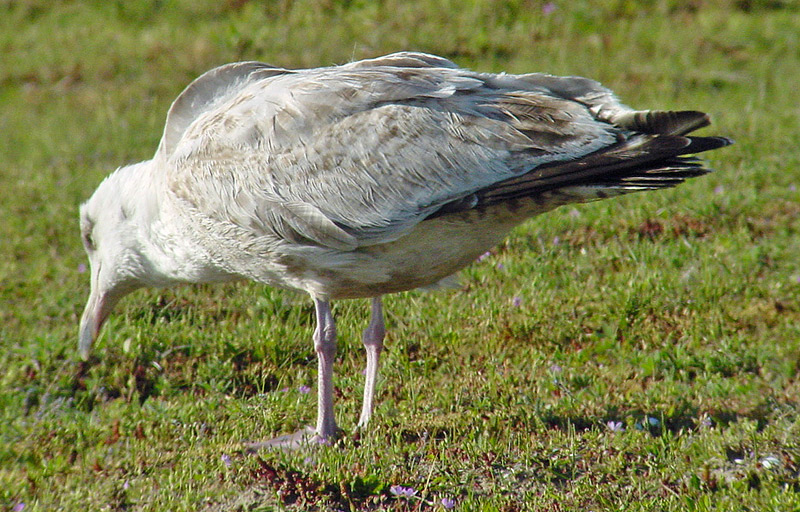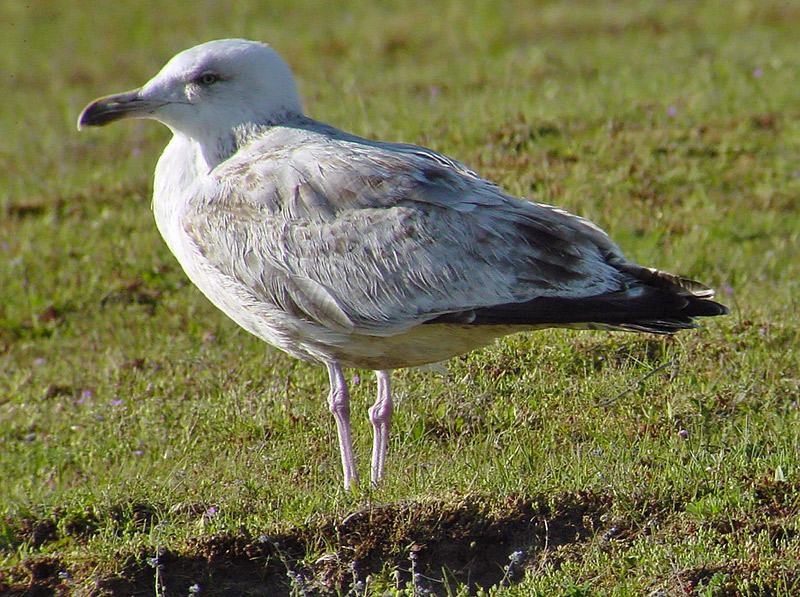 Herring Gull- Zilvermeeuw (argentatus & argenteus)
Herring Gull- Zilvermeeuw (argentatus & argenteus)
(last update:
Herring Gull plumages:
hg 1cy July
hg 1cy August
hg 1cy September
hg 1cy October
hg 1cy November
hg 1cy December
hg 2cy January
hg 2cy February
hg 2cy March
hg 2cy April
hg 2cy May
hg 2cy June
hg 2cy July
hg 2cy August
hg 2cy September
hg 2cy October
hg 2cy November
hg 2cy December
hg 3cy January
hg 3cy February
hg 3cy March
hg 3cy April
hg 3cy May
hg 3cy June
hg 3cy July
hg 3cy August
hg 3cy September
hg 3cy October
hg 3cy November
hg 3cy December
hg sub-ad January
hg sub-ad February
hg sub-ad March
hg sub-ad April
hg sub-ad May
hg sub-ad June
hg sub-ad July
hg sub-ad August
hg sub-ad September
hg sub-ad October
hg sub-ad November
hg sub-ad December
hg ad January
hg ad February
hg ad March
hg ad April
hg ad May
hg ad June
hg ad July
hg ad August
hg ad September
hg ad October
hg ad November
hg ad December
(2 images) Herring Gull 3cy (argentatus), May 23 2002, Vuurtorenvlakte - Maasvlakte, the Netherlands (51.59N,04.02E).

This is most probably a 3cy argentatus. As can be expected in argentatus, the scapulars still show many abraded brown feathers lacking any complete plain grey scapular. The bill is still very immature, dark brown at the tip and dull pinkish at the base. The tertials are extensively brown centred and the tail shows a broad dark band.
The primaries show the common pattern for 3cy: no white tips (although a slightly paler crescent is visible) and no P10 mirror. This bird has an extremely short primary projection, with P8, P9 and P10 all of (almost) even length. P6 is missing or at least broken on both sides, in the left and right wing.
In argenteus, the scapulars create a grey saddle. It strongly contrasts with the brown-white chequered wing-coverts and dark centred tertials.
